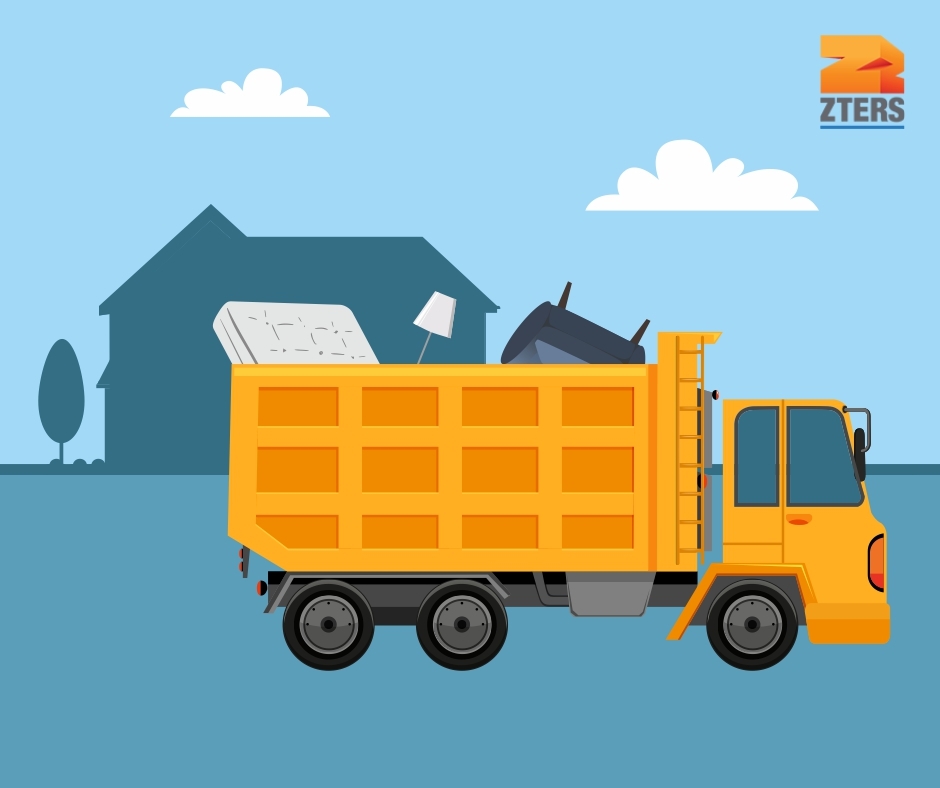Overview of Dumpster Sizes and Common Uses
Overview of Dumpster Sizes and Common Uses
Blog Article

Choosing the right dumpster size is crucial for managing waste effectively during various projects, whether they are residential renovations, commercial construction, or landscaping endeavors. The availability of versatile dumpster sizes allows individuals and businesses to select the option that best fits their specific needs, ensuring efficient disposal without unnecessary costs or complications. This article provides a comprehensive overview of dumpster sizes, factors to consider when making a selection, and real-life examples of how different sizes can be utilized effectively.
Overview of Dumpster Sizes and Common Uses
Dumpsters come in a variety of sizes, typically measured in cubic yards, and are designed to accommodate different types of waste and volumes. The most common sizes include:
- 10-yard dumpster: Ideal for small projects, such as garage cleanouts, small renovations, or landscaping tasks. This size can hold approximately three pickup truck loads of debris.
- 20-yard dumpster: Suitable for medium-sized projects like larger home renovations, construction projects, or yard cleanups. It can hold about six pickup truck loads of waste.
- 30-yard dumpster: Often used for major renovations, large construction jobs, or commercial cleanouts. This size typically accommodates about nine pickup truck loads.
- 40-yard dumpster: Designed for significant construction projects or commercial needs, it can handle approximately twelve pickup truck loads of waste.
These versatile dumpster sizes cater to a range of needs, making it easier to find the right fit for any project, whether you’re clearing out a basement or managing debris from a large-scale construction site.
Factors to Consider When Choosing a Dumpster Size
When selecting the appropriate dumpster size, several key factors should be taken into account:
- Project Scope: Understanding the scale of your project is essential. Larger projects will naturally generate more waste, so it's important to choose a size that can accommodate the expected volume.
- Type of Waste: Different types of waste may require different handling. Construction debris, yard waste, and household junk each have distinct characteristics that may influence dumpster selection.
- Location and Accessibility: Consider where the dumpster will be placed. Limited space or difficult access may impact the size you can effectively utilize.
- Duration of Rental: If the project will be ongoing for an extended period, it may be more cost-effective to opt for a larger size that reduces the frequency of pickups.
By weighing these factors, individuals and businesses can make a more informed decision about which dumpster size will best meet their needs.
Case Studies of Projects Using Different Dumpster Sizes
Real-life scenarios can provide valuable insights into how versatile dumpster sizes are effectively utilized across various projects:
Case Study 1: Home Renovation
A family undertaking a kitchen remodel found that a 20-yard dumpster was the perfect choice. The project generated a mix of old cabinets, countertops, and other construction materials. By selecting this size, they managed to complete their renovation without needing additional pickups, saving both time and money.
Case Study 2: Landscaping Project
A landscaping company handling a major redesign of a client’s yard chose a 10-yard dumpster for the job. This size was sufficient for the removal of soil, plants, and debris, allowing them to maintain a tidy worksite while keeping costs manageable.
Case Study 3: Commercial Construction
A commercial contractor working on a large office building opted for a 40-yard dumpster to accommodate the substantial amount of construction waste generated. This choice minimized interruptions and ensured that the project stayed on schedule by reducing the need for frequent waste removal.
In each of these cases, the selection of the appropriate dumpster size played a pivotal role in achieving project goals efficiently and effectively.
In conclusion, understanding the diverse options available through versatile dumpster sizes empowers individuals and businesses to make informed decisions that enhance waste management efforts. By considering project scope, type of waste, and other relevant factors, choosing the right dumpster size becomes a straightforward process that contributes significantly to the success of any project. For more insights into selecting the right dumpster, visit this resource.
Report this page